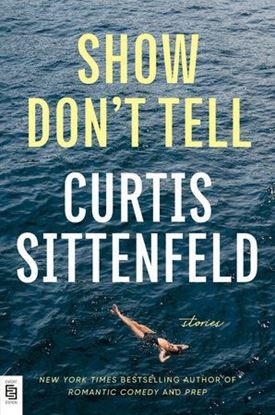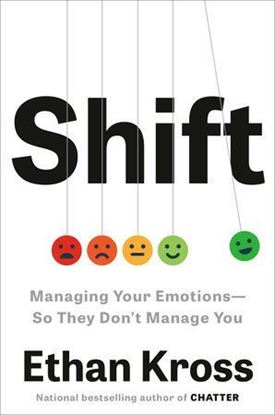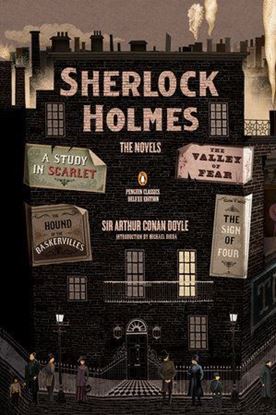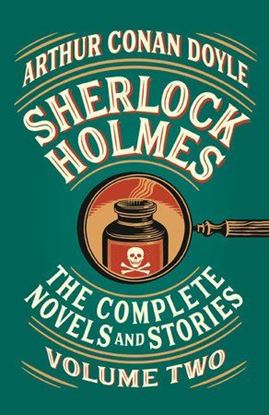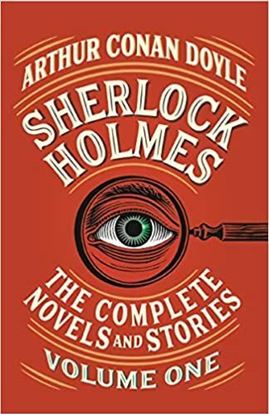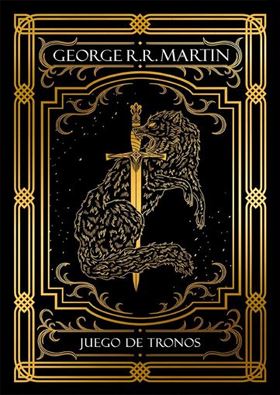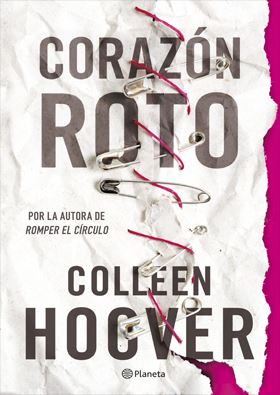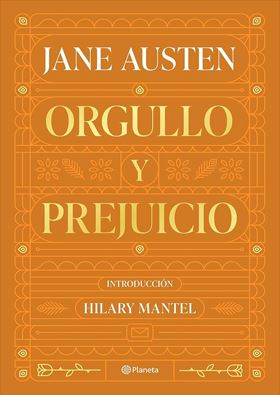

SHOW DON'T TELL
In her second story collection, Sittenfeld shows why she’s as beloved for her short fiction as she is for her novels. In these dazzling stories, she conjures up characters so real that they seem like old friends, laying bare the moments when their long held beliefs are overturned.
In “The Patron Saints of Middle Age,” a woman visits two friends she hasn’t seen since her divorce. In “A for Alone,” a married artist embarks on a creative project intended to disprove the so-called Mike Pence Rule, which suggests that women and men can’t spend time alone together without lusting after each other. And in “Lost but Not Forgotten,” Sittenfeld gives readers of her novel Prep a window into the world of her beloved character Lee Fiora, decades later, when Lee attends an alumni reunion at her boarding school.
Hilarious, thought-provoking, and full of tenderness for her characters, Sittenfeld’s stories peel back layer after layer of our inner lives, keeping us riveted to the page with her utterly distinctive voice.
1,300
SHIFT
Whether it’s anxiety about going to the doctor, boiling rage when we’re stuck in traffic, or devastation after a painful break-up, our lives are filled with situations that send us spiraling. But as difficult as our emotions can be, they are also a superpower. Far from being “good” or “bad,” emotions are information. When they’re activated in the right ways and at the right time, they function like an immune system, alerting us to our surroundings, telling us how to react to a situation, and helping us make the right choices.
1,450
SHERLOCK HOLMES: THE NOVELS (DELUXE)
Though endlessly reinterpreted, reinvented, and imitated, the Sherlock Holmes stories have never been surpassed. Sporting his signature billowing coat and pipe in hand, the genius investigator Holmes captivates readers with his alluring melancholy and superhuman intuition, while his partner, Dr. Watson, remains ever the perfect foil, a classic Victorian gentleman with brilliant intellect. Collected here are all four Holmes novels—A Study in Scarlet, The Sign of Four, The Hound of the Baskervilles, and The Valley of Fear—tracing the origins of the pair up through showdowns with their greatest archenemies, including the infamous Professor Moriarty. Set in the seductive shadow world of Victorian London, the stories of Holmes and Watson live on, as immediate and original in our time as in their own.
1,600
SHERLOCK HOLMES. THE COMPLETE VOLUME II
ABOUT SHERLOCK HOLMES: THE COMPLETE NOVELS AND STORIES, VOLUME II
Sherlock Holmes: The Complete Novels and Stories contains, in two volumes, all fifty-six short stories and four novels featuring Sir Arthur Conan Doyle’s world-famous detective.
Volume II contains the fourth of the Sherlock Holmes novels, The Valley of Fear, in which Holmes memorably faces his malignant archenemy, Professor Moriarty. The short stories collected here include such celebrated gems as “The Adventure of Wisteria Lodge,” “The Adventure of the Red Circle,” “The Adventure of the Devil’s Foot,” “The Adventure of the Sussex Vampire,” and “His Last Bow: The War Service of Sherlock Holmes.” With the stories from the final collection, The Case-Book of Sherlock Holmes, published in 1927, this volume carries the venerable detective through to the very end of his enthralling four-decade career as one of the most beloved characters in literature.
995
SHERLOCK HOLMES. THE COMPLETE VOLUME I
Sherlock Holmes: The Complete Novels and Stories contains, in two volumes, all fifty-six short stories and four novels featuring Sir Arthur Conan Doyle’s world-famous detective.
Volume I includes the novels and stories that introduced the brilliant and unflappable Sherlock Holmes and his partner, Dr. Watson, to the world. A Study in Scarlet is a drama of long-simmering revenge that ranges from the fog-bound streets of London to the pioneer settlements of Utah. The Sign of Four weaves together a stolen treasure from India, poison darts, and double-crossing thieves, while The Hound of the Baskervilles sets the legend of a diabolical hellhound and an old family curse against the backdrop of a moonlit moor. The short stories in this volume include such favorites as “A Scandal in Bohemia,” “The Red-Headed League,” “The Adventure of the Speckled Band,” and “The Final Problem,” tales that have thrilled generations of readers with Holmes’s astounding powers of deduction.
1,150
SENSE AND SENSIBILITY (VINTAGE CLASSIC)
In its marvelously perceptive portrayal of two young women in love, Sense and Sensibility is the answer to those critics and readers who believe that Jane Austen's novels, despite their perfection of form and tone, lack strong feeling. Its two heroines--so utterly unlike each other-both undergo the most violent passions when they are separated from the men they love. What differentiates them, and gives this extroardinary book its complexity and brilliance, is the way each expresses her suffering: Marianne-young, impetuous, ardent-falls into paroxysms of grief when she is rejected by the dashing John Willoughby; while her sister, Elinor--wiser, more sensible, more self-controlled--masks her despair when it appears that Edward Ferrars is to marry the mean-spirited and cunning Lucy Steele. All, of course, ends happily--but not until Elinor's "sense" and Marianne's "sensibility" have equally worked to reveal the profound emotional life that runs beneath the surface of Austen's immaculate and irresistible art.
700

